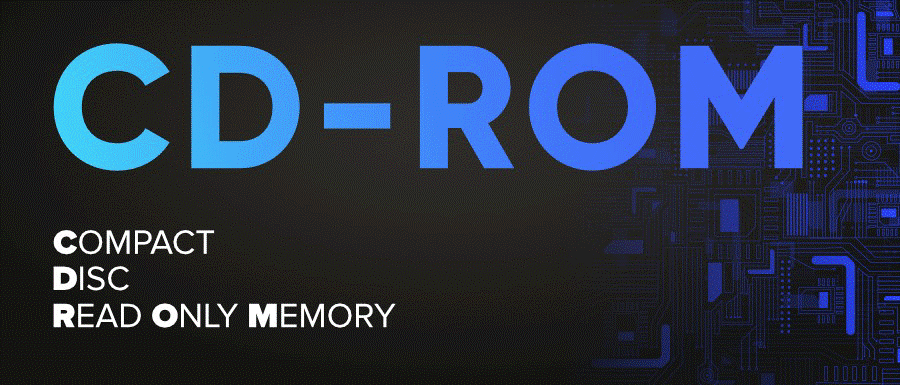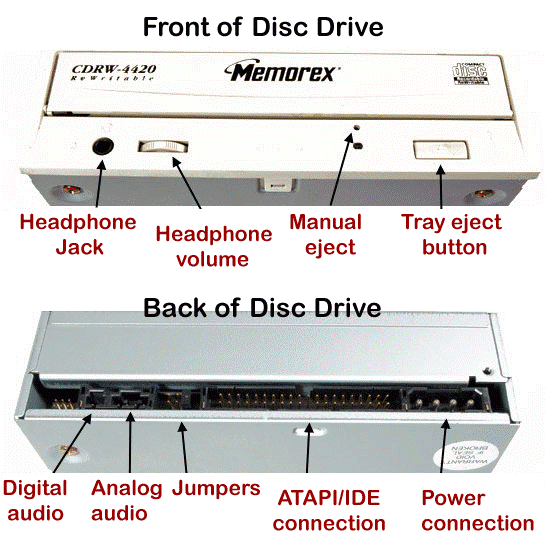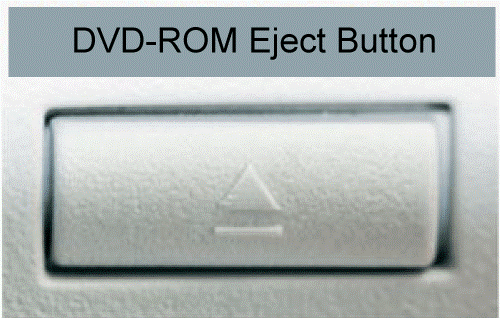What is CD-ROM?
An optical disc called a CD-ROM (Compact Disc Read-Only Memory) stores digital data, such as software, music, and videos. It is read-only, meaning that data can be read from the disc but cannot be written or modified. CDs have a storage capacity of around 700 MB and were commonly used in the past for storing and distributing digital media. They have largely been replaced by other types of storage media, such as DVDs and USB drives.

History of CD-ROM
The history of the CD-ROM (Compact Disc Read-Only Memory) can be traced back to the 1970s when engineers at Philips and Sony began working on a new digital storage medium. They wanted to create a disc that could store large amounts of digital data, such as music and images, and be played on a standard audio CD player.
The first CD-ROM prototype was developed in 1978 by Philips and Sony, and it was called the "Green Book" CD-ROM. It used CD-DA (Compact Disc Digital Audio) technology to store digital data, the same technology used in audio CDs.
In 1982, the first commercial music CD was released, and by the mid-1980s, CDs had replaced vinyl records as the primary medium for music distribution. The CD-ROM was introduced in 1985 and stored and distributed software, images, and text.
In 1991, the first CD-ROM-based video game console, the Sega CD, was released. However, it was not as successful as other video game consoles of the time, such as the Super Nintendo and the Sega Genesis.
Characteristics of CD ROM
- They are a type of optical disc that can store digital data.
- They are read using a laser, which is focused onto the disc surface to read the data stored in the form of small pits.
- They have a storage capacity of around 700MB.
- They are a read-only storage medium, meaning that data can be read from them but not written to them.
- They are commonly used for software distribution, storing digital music, and as a storage medium for backup or archival purposes.
- They are relatively durable and have a long lifespan.
- They can be played on CD-ROM drives and CD players, which are compatible with CD-ROMs.
Advantages
- Durability: CD-ROMs are relatively durable and have a long lifespan. They are not affected by magnetic fields and can withstand physical damage, such as scratches, without losing data.
- Wide compatibility: CD-ROMs can be read by many devices, including CD-ROM drives, DVD players, and gaming consoles.
- Cost-effective: CD-ROMs are relatively inexpensive to produce and are widely available. This makes them a cost-effective option for software distribution and data storage.
- Accessibility: CD-ROMs can be easily accessed and read by users, making them a convenient option for storing and distributing data.
- Multipurpose: CD-ROMs can be used for various purposes, such as software distribution, digital music, and data backup or archival.
- Easy to duplicate: CD-ROMs can be easily duplicated, which makes them useful for the mass distribution of software and other data.
Disadvantages
- Limited storage capacity compared to newer forms of media such as DVDs and Blu-ray discs.
- Slow data transfer rates compared to modern storage devices like USB drives or solid-state drives.
- May not be able to withstand extreme temperatures or humidity.
- Not rewritable; once data is burned on a CD-ROM, it cannot be erased or rewritten again.
- It is easily scratchable, and once scratched, it won't function properly.
Do you have a CD drive on your computer?
The disc drive has been eliminated from modern computers (CD drives). To check if your computer has a CD drive, look at the front of it. The front of the computer should have a CD-reading slot or tray. Check your computer's discs to see if your operating system shows a CD drive if you can't see one.
If there is no visible disc drive, your computer does not have a CD drive. On the other hand, a laptop or desktop computer can be connected to an external CD drive and come with CD drive.

How to start a CD-ROM drive and shut it down?
The "eject" button on the drive's front can be used to start a CD-ROM drive. Or use the keyboard shortcut, which is typically the "Fn" key + "F10" on a laptop or "Ctrl" + "Eject" on a desktop computer.
To shut down a CD-ROM drive, To close the tray, press the "eject" button once more. Or use the keyboard shortcut, which is typically the "Fn" key + "F11" on a laptop or "Ctrl" + "Eject" on a desktop computer.
Note: Your computer's make and model may affect the eject button and keyboard shortcut.

CD-ROM and disc drive interfaces
1. ATA (AT Attachment): A standard interface that connects the drive to the computer's motherboard via a 40-pin or 80-pin data cable.
2. SCSI (Small Computer System Interface): An interface that uses a SCSI controller to connect multiple devices, including disc drives, to a computer.
3. USB (Universal Serial Bus): An interface that uses a USB controller to connect external disc drives to a computer.
4. SATA (Serial ATA): A newer interface that replaced the ATA interface, it uses a serial data bus to connect disc drives to a computer.
5. SAS (Serial Attached SCSI): A newer interface that replaced the SCSI interface, it uses a serial data bus to connect disc drives to a computer.